A copy of the Record Of Decision for the Gowanus Canal Superfund
(with various signatures from EPA embers and members of the community)
EPA Regional Manager Judith Enck
Christos Tsiamis, EPA Region 2 project manager for the Gowanus Canal, Brian Carr, EPA Region 2 lawyer, and Walter Mugdan, EPA Region 2's Director of the Division of Environmental Planning and Protection
Brian Carr, Natalie Loney, EPA Region 2 Community Involvement Coordinator, and Christos Tsiamis
Elected officials
State Senator Velmanette Montgomery
Congresswoman Nydia Velázquez
Assemblywoman Joan Millman
Borough President Marty Markowitz
Councilmember Brad Lander
Lizzie Olesker, Gowanus Canal Community Advisory member who read a statement for the CAG
Gowanus Superfund Community Advisory Group
This is a historical day for Gowanus. After 150 years of environmental abuse, which turned it into one of the most contaminated bodies of water, there is a plan to remediate the 1.8 mile toxic canal, and that plan has just been written into law.
As promised, and keeping with their initial timeline, the
Environmental Protection Agency (EPA)just released the signed Record Of Decision (ROD) for the clean-up of the Gowanus Canal Superfund.
At a press conference held on the shores of the canal this morning , EPA Regional Manager Judith Enck was joined by her amazing Region 2 team, which worked so tirelessly towards this moment:
Walter Mugdan, EPA Region 2's Director of the Division of Environmental Planning and Protection, Christos Tsiamis, EPA Region 2 project manager for the Gowanus Canal, Brian Carr, EPA Region 2 lawyer, and Natalie Loney, EPA Region 2 Community Involvement Coordinator.
The ROD represents the blue print for the remediation. The clean-up will cost $506 million, last 8 to 10 years, and will include dredging of the toxic material, caping, controls to reduce sources of contamination from uplands, as well as removal of contamination from the 1st Street Basin. Most importantly, the ROD will address and control the flow of contaminated sewage solids from the Combined Sewer Overflow. The EPA is requiring that discharges from two major outflows be captured in retention basins. This will reduce CSOs in the canal by an estimated 58 to 74%.
Enck took time to thank the community for all its input. The agency received over 1,800 comments from the public after it outlined the various clean-up methods in its
Proposed Remediation Plan, which was released earlier this year. The comments were carefully considered to chose the final remedy.
For example, the EPA decided to pass on the option of remediating the least contaminated sediment in a facility in Red Hook after residents made it clear that they would not support it.
Several members of the
EPA Gowanus Canal Superfund Community Advisory Group (CAG) were also present this morning. Member Lizzie Olesker read the statement below for the entire CAG.
The Gowanus Canal is the first EPA Superfund Site in Brooklyn, making the announcement of this Record of Decision (ROD) an historic event for the 2.5 million people of our borough. The much needed cleanup of the Gowanus Canal is long awaited; and this Record of Decision comes as a firm commitment to the people of Brooklyn that the contaminates of the Gowanus Canal will be removed from our dense urban environment. The CAG looks forward to a detailed review of the ROD and providing ongoing input to those elements that will impact the community moving forward.
Formed in 2010, the mission of the Gowanus Canal CAG is to be a forum for dialogue between representatives of all segments of the community about the federal Superfund clean-up of the Gowanus Canal and other related issues of concern to the community
This EPA Record of Decision (or ROD) is the outcome of more than 3 years of extensive meetings and discussions with the community and the Gowanus Canal CAG. The Gowanus Canal CAG is by far the largest, and most diverse community group ever formed to work with the EPA on a Superfund site. The CAG, having arrived at a number of consensus resolutions on the canal cleanup, is grateful for the opportunity and role it has had in the process leading up to this announcement of the Record of Decision. The CAG provided consensus resolutions to EPA supporting the overall scope and approach of the proposed plan, while stressing a focus on ecological restoration and honoring the historical character of the canal.
The CAG appreciates the EPA's attentiveness to schedules and time frames in reaching this ROD. We understand that the CAG, as a community engagement tool, will take on new roles as this process unfolds. The Gowanus CAG looks forward to continuing a robust exchange with the EPA, as design plans for implementing the cleanup that is specified in the ROD moves forward in a timely manner. The CAG is committed to disseminating information about the Gowanus Canal and engaging all area stakeholders in ensuring that community issues are heard and articulated to EPA and other agencies.
Information and a calendar of meetings for the Gowanus Canal CAG can be found at http://gowanuscag.org. The ROD will be discussed in detail at the next full meeting of the CAG on October 22, 2013.
As a resident of this community, I would like to thank the EPA Region 2 team for their dedication, their perseverance and all their hard work on our behalf.
Walter, Christos, Brian and Natalie, words can't adequately express my admiration. I hope you know what this day means to this neighborhood.
The entire
Gowanus Canal Superfund Record Of Decision can be accessed here.
Read more
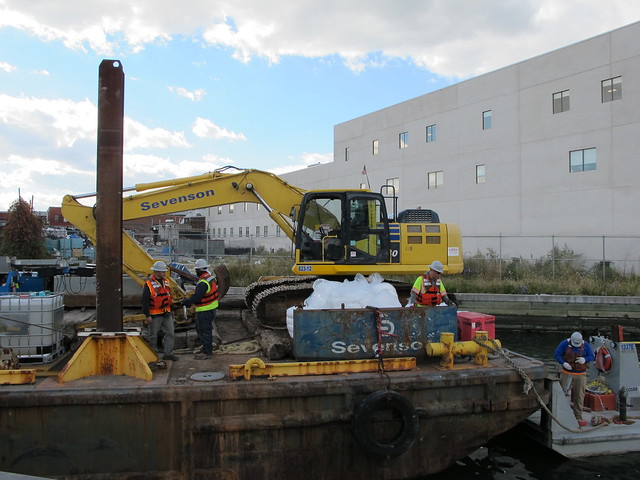


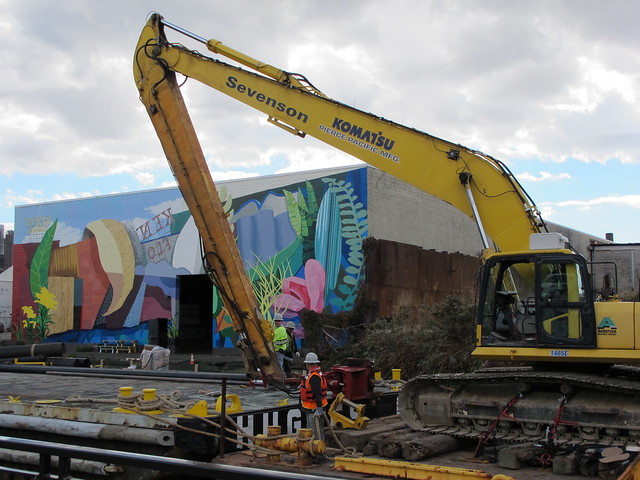
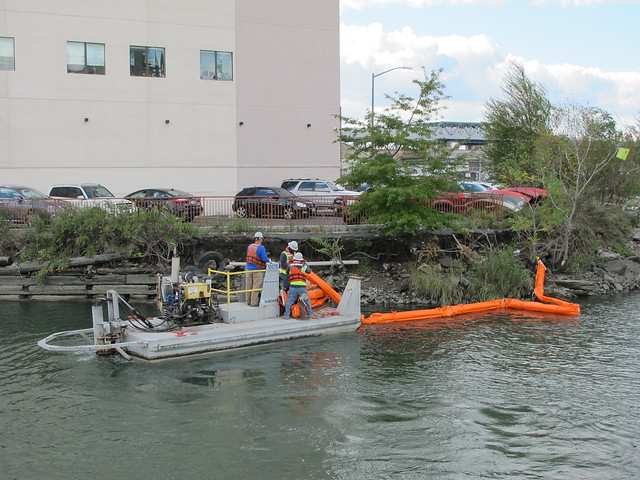
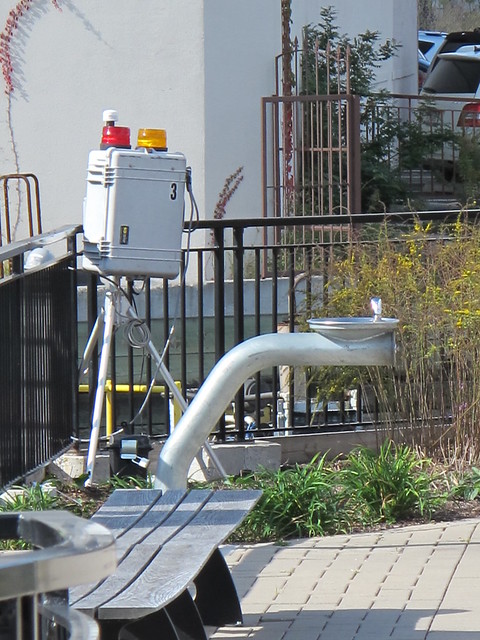
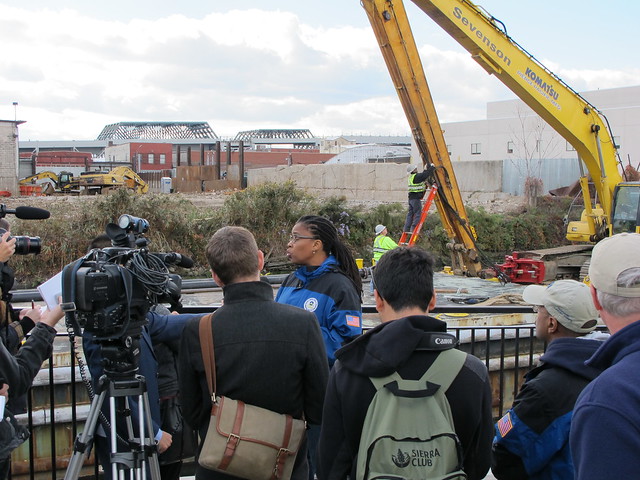
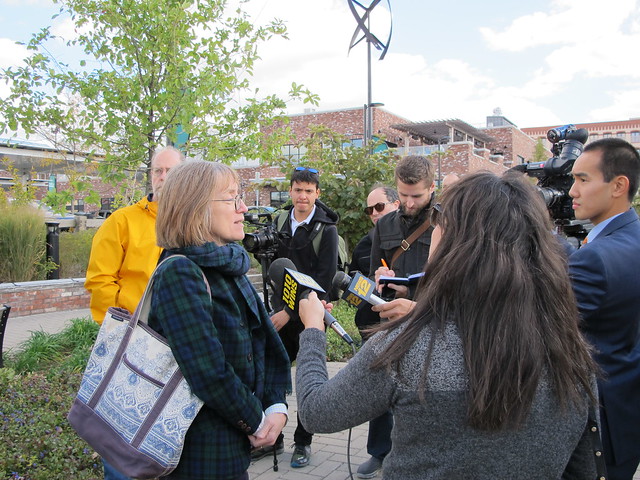



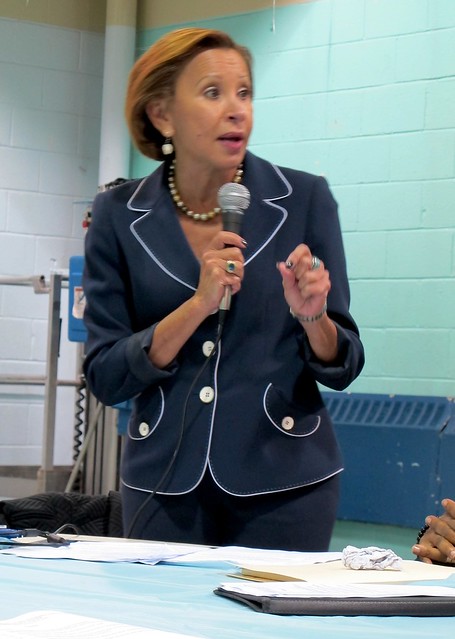






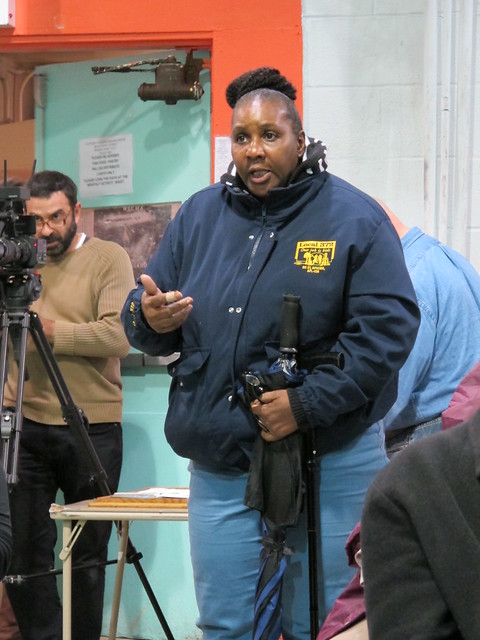
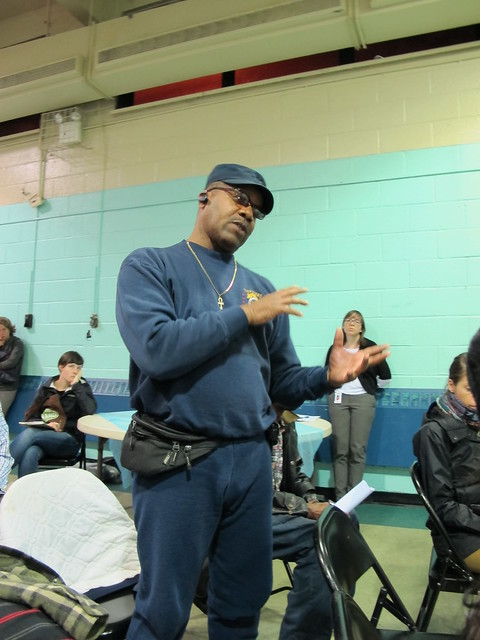
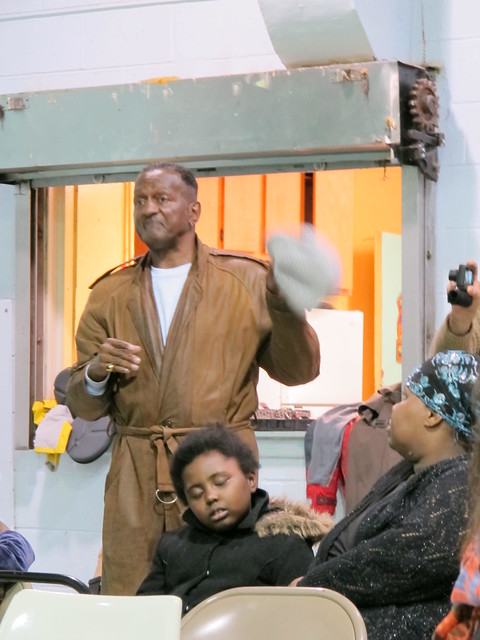

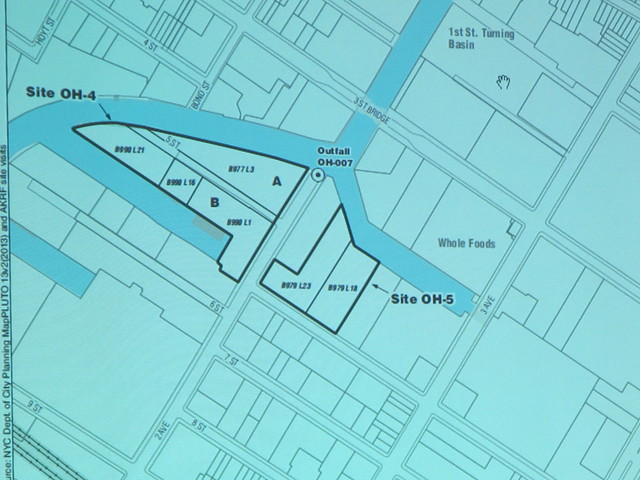

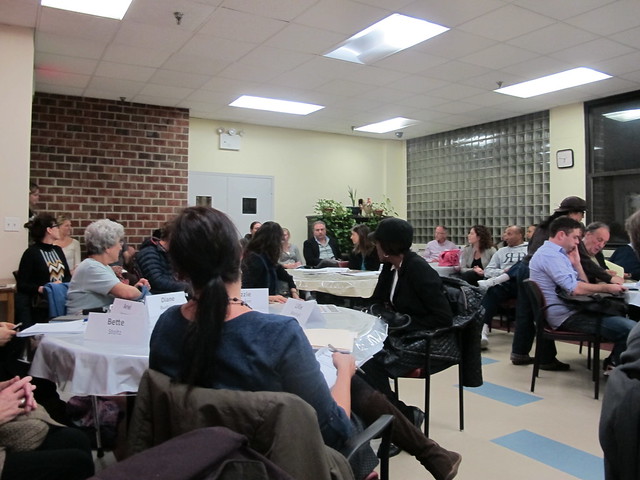
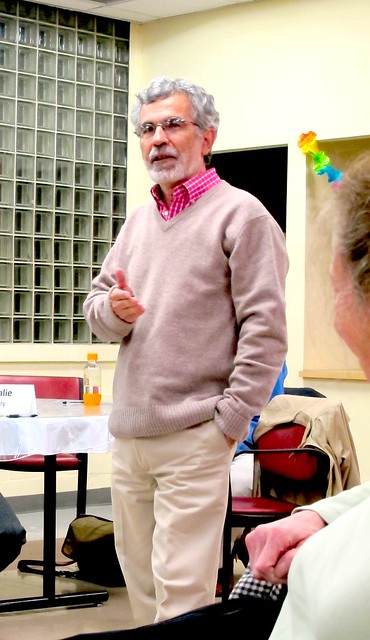


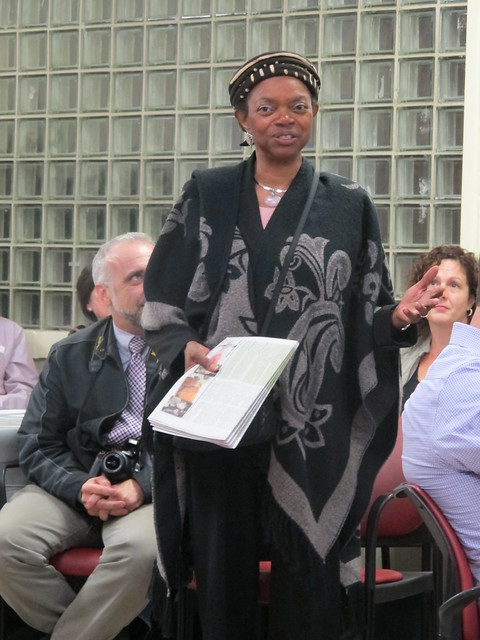







.JPG)
